Session outline
Session 2 further information
Innovative Technologies in Neurorehabilitation II: Advanced Assessment and Training Techniques
Opening Remarks
- A brief overview and welcome to the second part of the session.
Topic 1: Optimizing stroke patient gait rehabilitation: technical considerations for active-assistive robotic applications:
- Presentation on the critical role of gait rehabilitation in stroke recovery using robot.
- Detailed insights into technical considerations for active-assistive robotic applications.
- Case series studies showcasing the impact of technology on patient outcomes.
Topic 2: Development of upper limb exoskeletal robots: powered or non-powered?
- Exploration of powered and non-powered devices for upper limb rehabilitation.
- A discussion of the advantages and limitations of each approach.
- Best practices for designing and implementing upper limb devices.
Topic 3: Optimizing stroke patient gait rehabilitation: technical considerations for active-assistive over-ground robotic applications
- The advantages/disadvantages of gait rehabilitation in stroke recovery using active-assistive over-ground robotics.
- Technical considerations for active-assistive over-ground robotics applications.
- Current evidences on the efficacy of active-assistive over-ground robotics in gait rehabilitation of stroke patients.
Topic 4: Innovation in Pediatric Neurorehabilitation Device
- Focus on the unique challenges and advancements in pediatric neurorehabilitation.
- Examination of innovative devices and techniques tailored for young patients.
- Insights into the latest breakthroughs and their implications for pediatric care.
Topic 5: Evaluation and Training Research on Dual Task of Foot and Ankle Motor Cognition in Stroke Patients
- In-depth analysis of the dual-task challenges faced by stroke patients.
- Presentation of research findings related to foot and ankle motor cognition.
- Innovative approaches for the evaluation and training of dual tasks.
Topic 6: Advances in Intelligent Systems and Applications in Neurorehabilitation
- Introduce intelligent medical rehabilitation.
- Six elements of intelligent system.
- Applications in neurorehabilitation —The Taiwan experience.
Topic 7: Assessing and treating spatial neglect using extended reality technology
- Impacts of spatial neglect on stroke rehabilitation progress and long-term outcomes
- How extended reality (XR) technology can enhance care and rehabilitation in stroke survivors with spatial neglect
- XR-based assessment of spatial neglect assessment
- XR-based treatment for spatial neglect
Topic 8: Application of a novel tracker-based posturography in rehabilitation.
- Presentation of a novel tracker-based posturography in evaluation of trunk sway
- Validation and clinical application in different population, including stroke, low back pain and older adults.
- An example showcasing the application with the combination of machine learning for fall risk prediction.
Summary of key takeaways from both sessions:
An open forum for questions, discussions, and networking among participants. These two sessions will provide a comprehensive exploration of innovative technologies and research in neurorehabilitation.
Learning outcomes
In the sessions, we explore a diverse range of topics at the intersection of rehabilitation technologies, offering attendees a holistic understanding of the challenges and innovative approaches to improving patient care and outcomes. By delving into the technical considerations of technology assisted neurorehabilitation applications, attendees will learn to navigate the decision-making process among assistive devices and understand how these choices impact patient-specific rehabilitation programs. This knowledge empowers participants to make informed decisions when designing and implementing devices in the neurorehabilitation, thereby contributes to improve the training outcomes. By attending the scientific sessions, the participants will emerge with a well-rounded understanding of rehabilitation technologies from design to clinical implementation.
Target audience
- Allied health
- Medical practitioners
- Students
- Trainees
- Nursing staff
- General public
- Scientist in the fields of Neuroscience, Rehabilitation Medicine, and Medical Engineering



